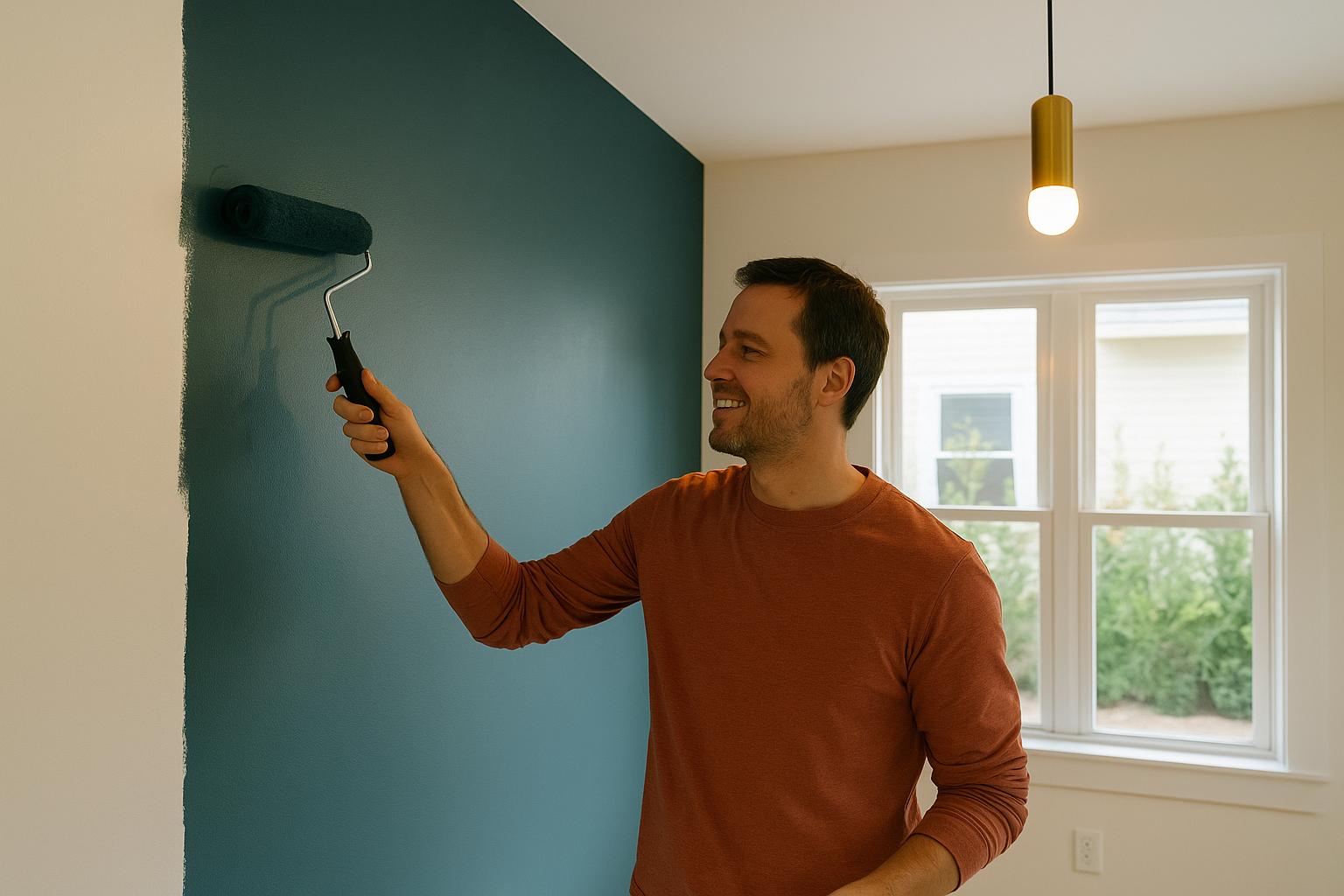Small Budget, Big Impact: Affordable Home Updates That Look Designer
You do not need a huge budget or an interior designer to make your home feel new again. Sometimes it just takes a few thoughtful changes, a little creativity, and a weekend or two. In 2026, design trends are leaning toward cozy minimalism and color with purpose, which means it has never been easier to make simple upgrades that look high-end without overspending.

Start with a Color Reset
The easiest and most affordable way to transform a space is paint. Neutral walls will always have their place, but adding color in smaller doses feels fresh again. Think soft sage in the kitchen, warm clay in a hallway, or a deep navy accent wall in the living room. A gallon of paint costs around $35 to $50, according to Home Depot’s pricing guide, and one weekend of work can completely change how a room feels.
For renters or anyone avoiding paint, removable wallpaper has come a long way. Modern peel-and-stick patterns from brands like Tempaper and Chasing Paper look surprisingly real and can be removed cleanly later.
Swap Lighting and Hardware
Lighting changes everything, yet it is one of the most overlooked details in home design. Swap builder-grade fixtures for something sculptural or vintage-inspired. A new pendant or flush mount can instantly make a room feel more intentional. Look for energy-efficient LED options that save on power bills while brightening your space.
The same goes for cabinet pulls, knobs, and faucets. Replacing these small hardware details can make kitchens and bathrooms feel brand new. Even a simple matte black or brushed brass set from IKEA or Wayfair can completely change the tone of a room for under $50.
Rethink Your Layout Before Buying Anything
Before you shop, experiment with what you already own. Move furniture around, swap side tables between rooms, and create new focal points. You might find that your space just needs better flow, not new furniture.
Interior stylists often suggest using painter’s tape to map out layout ideas on the floor before lifting anything heavy. It is a small trick that can make a big difference in how your space feels.
Add Texture and Layers
Designer spaces usually feel rich because of texture. Try mixing natural materials like jute rugs, linen curtains, and wood trays with softer pieces like throws and cushions. If your room feels flat, layer materials rather than adding clutter.
Thrift stores, estate sales, and online marketplaces are gold mines for high-quality fabrics, baskets, and accent pieces. These details create visual warmth without spending much.
Bring Life to Corners
Plants are one of the most affordable design upgrades. A $20 fiddle-leaf fig or pothos plant from Lowe’s adds color and texture to dead corners. For low-light rooms, dried arrangements or faux stems can still add visual life. Just remember that scale matters: a tall floor plant makes a space feel intentional, while smaller plants work best in groups on shelves or tables.
Shop Smart for Decor
It is easy to overspend on trendy decor that will not last. Instead, choose versatile pieces that blend function and style. A mirror can open up a small space and reflect light. A neutral area rug can anchor a room and hide wear. Look for end-of-season sales at stores like Target or HomeGoods, where last year’s styles often drop by 40 to 60 percent.
If you love to hunt for deals, try Facebook Marketplace or local thrift stores early in the week when new donations arrive. You can often find real wood furniture that only needs light sanding or new hardware to look current again.
Final Touches That Feel Personal
Designer homes feel complete because they tell a story. Frame photos, hang art that makes you happy, or display a few items with meaning. The goal is not to fill every surface but to make each space reflect who you are. A room with personality always looks more expensive than one that tries too hard to copy a catalog.
Your home does not need a full makeover to feel fresh. Sometimes the smallest changes, done with care, can make the biggest impact.
Sources
Home Depot – Paint and Primer Pricing Guide
IKEA – Handles and Knobs Collection
Wayfair – Home Hardware
Lowe’s – Gardening and Plants
